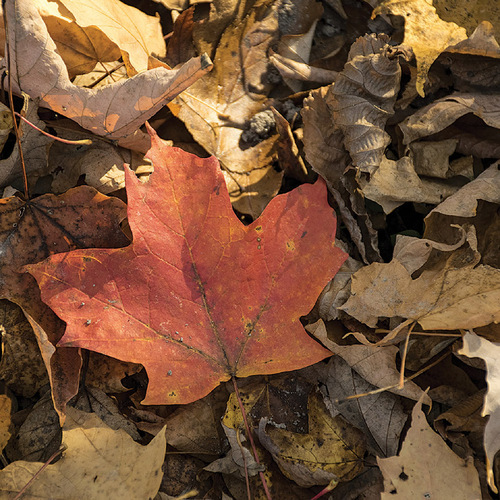Paula Gross
-
How-To
3 Ways Fallen Leaves Can Improve Your Garden
Green leaves are the energy engines that fuel our gardens. Without them there would be no flowers, no sugars for summer tomatoes, and no cooling or oxygenating the air while…
-
How-To
Pine Needles, Oak Leaves, and Soil Acidity: What Does the Research Say?
In a recent Healthy Garden article, Paula Gross mentions research indicating that mulches of oak leaves and pine needles do not acidify the soil. In view of the tendencies of…
-
Southeast Regional Reports
March To-Do List for the Southeast
March is the new April, y’all. Or maybe April is the new May? I think I’ll throw out the calendar and just spend more time out in the garden clocking…
-
Southeast Regional Reports
Southeast: February Garden To-Do List
February is a month of paradox. It's often our coldest month and the one with the best chance of snow—yet flowers bloom even in snow here in the Southeast. You…
-
Southeast Regional Reports
Southeast: January Garden To-Do List
January is a fairly restful time for the Southeast gardener physically, but it provides fertile ground for growing your dreams, plans, and knowledge. Watch for frost-heaving of fall-planted perennials and…
-
Southeast Regional Reports
Southeast September Garden To-Do List
Is it fall yet? Nope, not in the Southeast, but that’s just fine with me. Late summer has its own flavor worth savoring. Sure, plenty of plants are looking dog-tired,…
-
Southeast Regional Reports
Great Native Plants for the Southeast
Growing native plants is the gardening equivalent of having your cake and eating it too. Not only are these plants beautiful and more likely to thrive in your landscape, they…
-
Southeast Regional Reports
Designing With Chartreuse in the Southeast
Chartreuse foliage—do you love it, or do you have the impulse to throw fertilizer at it? Either way, it makes you look, doesn’t it? That yellow-green shade owes its classy…
-
Southeast Regional Reports
Five Native Shrubs for Moist Spots in the Southeast
In the Southeast, we can sometimes have wet years. The long springs of those years lure me into planting “just one more plant!” while I ignore the specter of summer…
-
Southeast Regional Reports
Southeast October Garden To-Do List
October is the April of autumn. If the summer’s blanket of heat and humidity slowed your gardening to a crawl, cool winds are here to crank you back up to…















